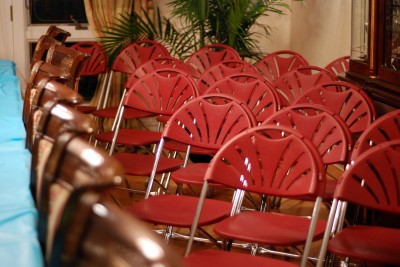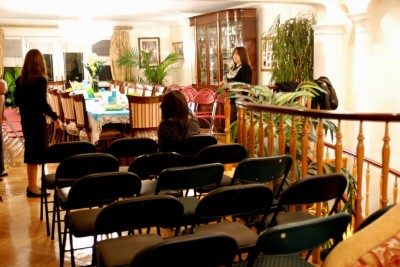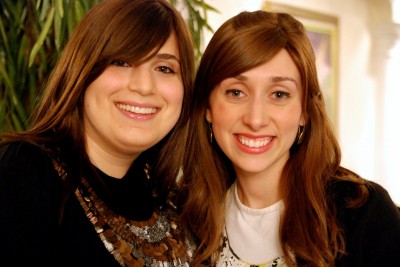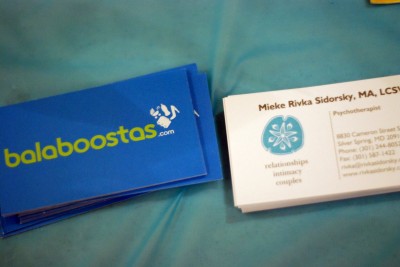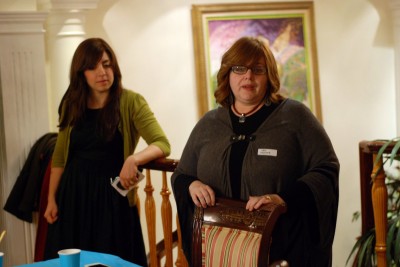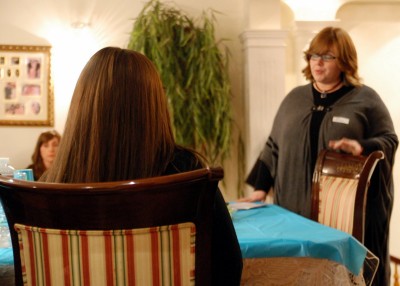By Sara Chana, IBCLC, RH (AHG)
This is an exclusive article that was first published in the SELECT magazine. We reached out to Sara Chana to shed some light on this discussion that we had on the Forum: Do You Believe in Homeopathy? and she sent us this to publish here. This is part two, you can find part one here. You can hear more from Sara Chana on her Facebook and Twitter. You can also browse her website for more information about homeopathy.
Homeopathic Remedies: What Are They Made From and What Do the Numbers Refer To?
Homeopathy takes different properties from nature (plants, minerals, bacteria and so on) and converts them into healing remedies. For example, Belladonna is a poisonous plant that if ingested in its natural form, would cause the symptoms of fever, sweating, and dilated pupils; but if diluted and ingested in microscopic amounts, a person’s fever will subside and the person will get better. It is thought that the energy of the remedy collides with the energy of the illness and dissipates the imbalance.
During the process of making a homeopathic remedy, the natural ‘substance’—plant, mineral, bacteria and so on—is diluted many times and shaken repeatedly—succussed. This liquid dilution is then poured over sugar pellets, which absorb the liquid, and when dried, they are put into a vial and labeled. On this label, you will find the name of the remedy, i.e., Belladonna and then a number and letter. The number and letter correspond to the remedy’s strength, or potency. The numbers range from 6x, 6c, 12c, 15c, 30c, 200c, 1M, to 10M. The number represents the amount of times the remedy was diluted and succussed. Although it is certainly counter-intuitive, the philosophy in homeopathy is that the more the substance is diluted the stronger it becomes. So, diluting the substance 200 times makes it stronger than diluting it 6 times. This means that a homeopathic remedy at 200c is stronger than one at 6c. The frequency for taking any given remedy will depend both on the issue being treated and on the potency of the selected remedy. Therefore, the job of the homeopath is to match not only the homeopathic substance, but also the potency and the frequency of the dosage. These lower number remedies, or ‘lower potencies’, are used for conditions that are visible to the naked eye, or that affect the skin or mouth. So, for a canker sore, which affects the mouth, a homeopath might recommend the remedy called Borax 6x. And since this remedy is relatively weak—in a low potency—it can be repeated up to four times a day, until the canker sore is resolved. However, if a person experienced a trauma, like witnessing a terrible car accident, and is suffering from post-traumatic stress disorder, then that individual would require a remedy at a ‘higher potency’ that is given less often. In this case, the homeopath may prescribe a remedy called Aconite 1M, which is used for emotional shock. Since the ‘potency’ is higher, the patient is advised to only take the remedy one time and then wait a week or a month to see how he or she responds to it.
Homeopathy Vital Force: What Is It?
To explain further, the goal of a homeopath is to restore balance to the person’s vital force. Homeopaths believe that the vital force is what gives life to a person. But what is the vital force? The vital force is what makes flesh, blood, bones, cytoplasm, mitochondria, Golgi bodies, DNA, and RNA work together to create a life. The vital force is energy, an invisible energy that gives the person his or her own unique qualities and personal drive to live. Homeopaths describe the vital force as an energy that not only pushes the living body in the direction toward health, but also in the direction toward disease- depending on the individual’s orientation. This vital force or energy force is what people carry within them from the moment they are conceived until their death. Its energy must flow uninterruptedly. Otherwise, negative symptoms can develop. Blocked energy creates stagnation, allowing illnesses to take hold of the tissues or organs in the body. There are viruses, bacteria and parasites around us all the time, but they can only affect a weakened vital force. When the vital force is strong and unencumbered, these intruders have no effect on the body. Conversely, if the energy is blocked and stagnant, they may take hold and make the person ill. The bacteria, virus and parasites only affect an already unbalanced vital force to cause the disease. Simply stated, homoeopaths believe that this vital force determines our state of health throughout a person’s entire life. A healthy vital force maintains a healthy mind and body while a weakened or blocked vital force will allow illness to enter the person. This explains why we feel some mental and physical uneasiness days before an attack of a cold or fever, when all modern investigations and examinations cannot detect anything wrong in our bodies in terms of vital signs and organ structures. Since the homeopath’s goal is to find the correct homeopathic remedy for the patient, this means that the energy of the homeopathic remedy has to match the energy of the person’s vital force. The homeopathic remedy’s job is to help initiate movement of the person’s energy when it is slow or stagnant, and unblock the energy if it is blocked.
Homeopaths believe that the body is a self-healing mechanism and given the right environment, healthy foods, correct nutrients, exercise and mental stability, the body has the ability to heal itself. The body was created with everything it needs to heal itself if something goes wrong, but sometimes the body needs that energetic push to remind itself of its own strength and ability. Homeopathic medicine’s goal in treating illness is to stimulate the person’s own vital force and bring it back into balance, so that the person’s own body will be able to ultimately heal itself.
Homeopathic remedies are safe, easy to administer, and most often without side effects. They are healthful choices for people of all ages from birth to geriatric. There are a great number of children who yearly avoid tubes in their ears thanks to the wonders of homeopathy. Adult arthritis sufferers have stopped taking inflammatory medications once they’ve found the remedy best suited for them. Adults and children alike who have suffered from chronic eczema have been greatly helped with homeopathy, after all other medicines have failed them. These are merely a few examples of where homeopathy can really be a savior.
If you are new to homeopathy and want to test its efficacy, you can start with a basic and easy- to-use remedy called Arnica. I recommend purchasing the Arnica at a dose of 30c. Arnica 30c is for bumps, bruises, or muscle pain. This is really a universally beneficial remedy that is great to have in your first aid kit at all times. It can be used for pain caused by a strained muscle after an intense workout or for pain suffered after dental work. Arnica is great to have at Little League games for kids, or if you go on a family hike! Let this remedy be your first taste into the world of homeopathy.
This is the final post.














